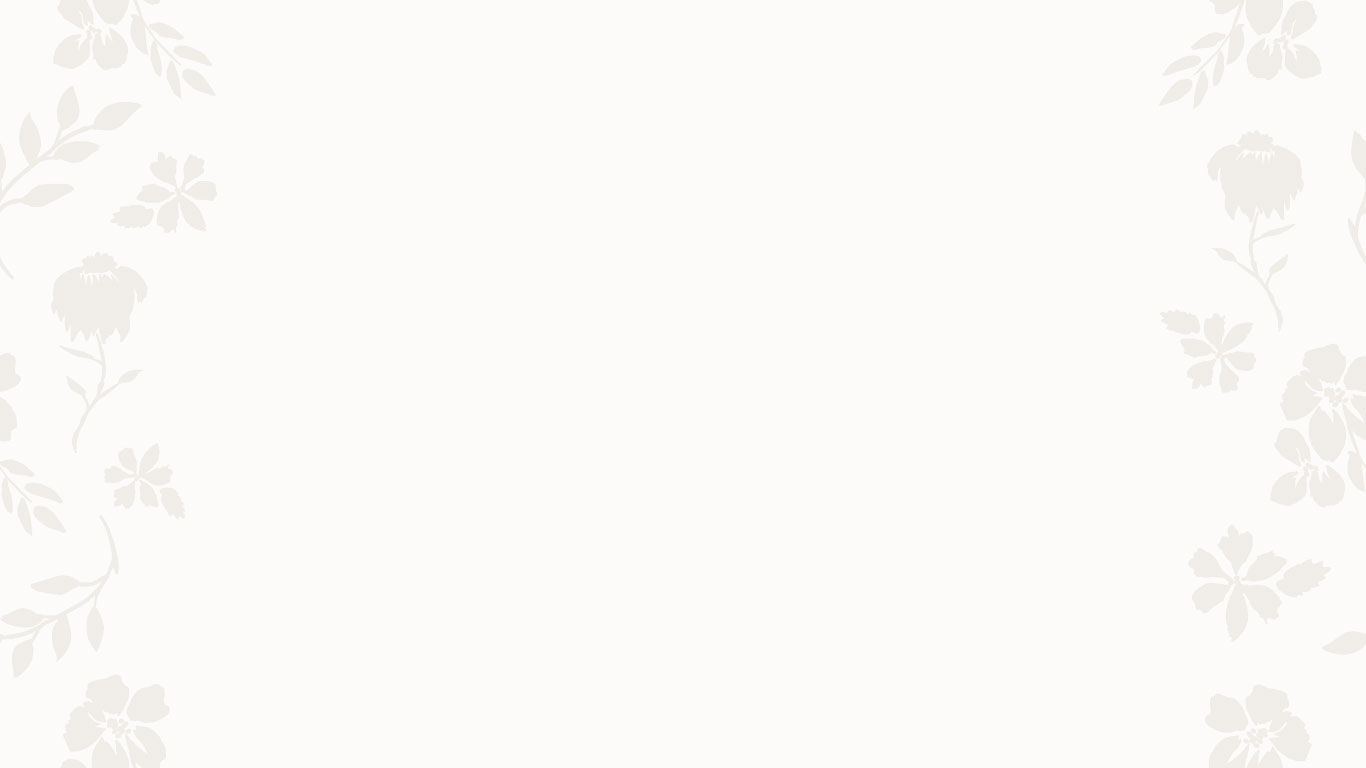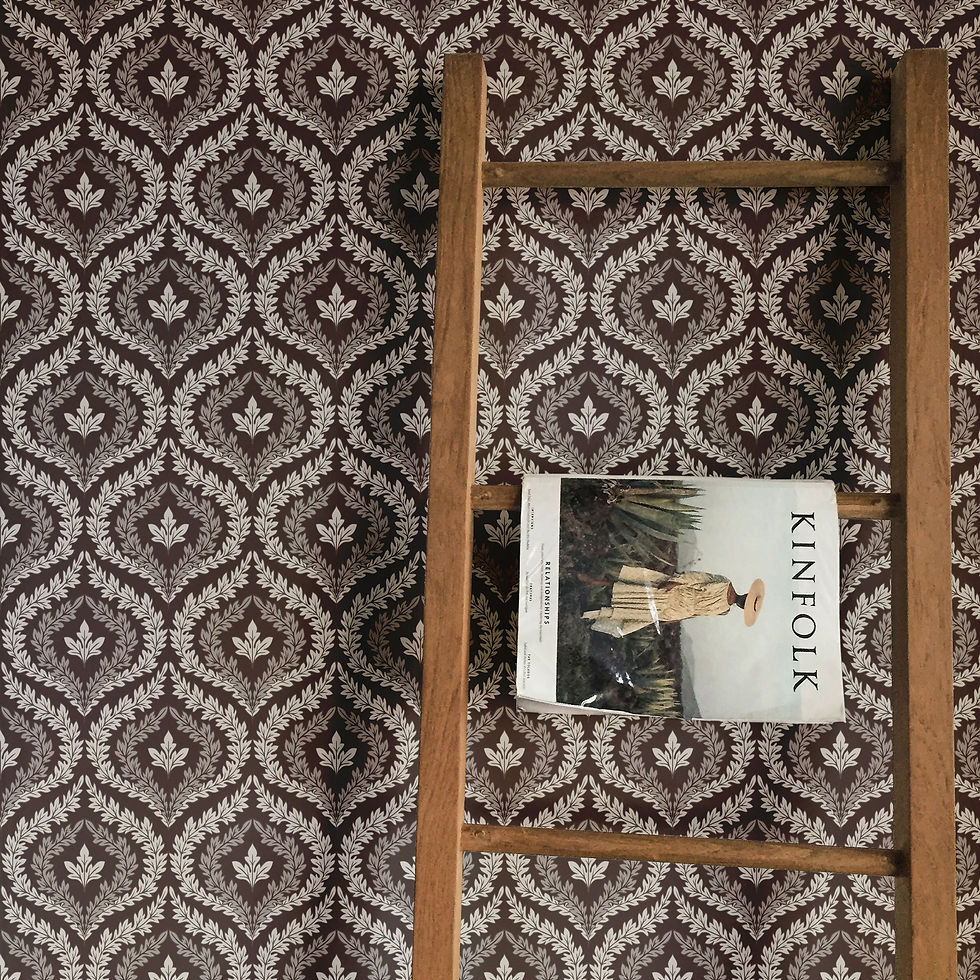smArt Talk: An Interview with Lindsey J. Barney of Western Wildflower Design Studio
- Lisa

- Apr 17, 2023
- 5 min read
Updated: Apr 18, 2023
I love talking to other artists to understand who they are, what their background looks like, and some of their ideas on art and running a creative business. Everyone has a story, and I gain something every time I stop to listen.
So today I'm starting a new blog series of interviews with some incredibly talented and smart surface designers and illustrators so that we can all learn together. I'm calling it smArt Talk (because these women are smart artists and women).
First up is Lindsey J. Barney of Western Wildflower Design Studio. I was lucky enough to meet Lindsey through a mutual artist friend, and she has become such an inspiration to me. Lindsey is not only extremely talented artistically, but she's got a gentle wisdom beyond her years. She always has great advice about art AND life.
So here she is.

Can you tell us about your background and how you first became interested in design? I have always paid close attention to design, particularly home and clothing design. I would take note of the designs I was drawn to and what made them successful. Art and design have always been a big part of my life. I graduated from BYU-Idaho with a BA in Studio Arts an emphasis on sculpture and painting. After college I was looking for ways to get my artwork on products, but I didn't know quite how to do that so I began learning all I could about screen printing. I became proficient at building my own screens, stretching and securing mesh across those screens, testing different emulsions and inks, and zeroing in on exposure times. My husband even built me a screen printing press to make the process of printing multiple colors easier. I began selling my screen printed clothing, toys, and artwork on Etsy and in boutiques. I even started combining screen printing processes with hand painting techniques to create mixed media fine art pieces which were placed in a local gallery for sale. I loved screen printing and that it allowed me to replicate my artwork, but it was a very involved process and I still wanted my artwork to go even farther. Several years later I came across Bonnie Christine's surface pattern design course. Surface pattern design was not something that had ever entered into my world before. I had never even heard of the term "surface pattern design!" I told my husband that same night, "I think this is what I have been looking for, I am going to take this course." Now two years later I am a licensed surface pattern designer, finding more and more ways to put my artwork into the world. Knowing that my artwork will be placed on products that people wear, use and love lights up my world and feeds my inspiration.

Tell me about your art practice–what got you started, what tools or techniques do you use, what makes your work special? I have been creating art since I was a very small child. I remember a small storage closet my mom turned into an art room for me when I was 3 years old. She placed a little white and green Fisher Price table in the center and hung copper wire baskets from the ceiling to hold markers and crayons. The closet was raised a foot or two off the ground, low enough so that I could climb in and draw to my heart's content, but high enough that my baby sister couldn't get in to disturb my process. Markers and crayons turned into clay and children's paints. When I was 10 my dad, who normally does not do the Christmas shopping, chose a special Christmas gift for my sister and I. Standing next to the Christmas tree that Christmas morning was a large upright easel, brand new, higher quality paint brushes and new paints! Many years down the road while attending college I fell in love with oil paints and the expressive nature of sculpting clay. The last 2 1/2 years have been spent learning how to create in digital art programs. Procreate is my favorite drawing program and Adobe Illustrator is my favorite program for creating repeating patterns. Being able to vectorize a drawn image and then recolor it, resize it, and breathe new life into it still feels like magic to me no matter how many times I do it. Much of my current art practice is very line driven. I have always been enamored with line work, and how a simple line done just right can suggest something much larger that contributes to the whole of the piece. Though Procreate and other digital art programs will never replace the feel and texture of my beloved oil paints and sculpting clay, I have come to understand that all art practice builds on top of itself. The mediums you have learned to create with past and present, the experimentation and technique you employ while making art, all lend themselves to what you are creating now. Nothing is lost, no time is wasted in the pursuit of making art.
How and when do you know that a pattern is “done?”
I know when a pattern is done when it meets or exceeds my expectations.
What 3 words best describe your creative style?
Sophisticated, detailed, full of life

Having trained as a fine artist, how do you translate this into your design work for surface design? As stated previously: I have come to understand that all art practice builds on top of itself. The mediums you have learned to create with past and present, the experimentation and technique you employ while making art, all lend themselves to what you are creating now. Nothing is lost, no time is wasted in the pursuit of making art.
What has been your biggest business challenge or “a-ha” moment?
My biggest "a-ha" moment came when I realized that I didn't have to do it all by myself. When I chose to start wisely investing in courses that would fill my knowledge gaps, the learning curve was sped up ten fold. Choosing to invest in myself in this way gave me tried and true methods for getting where I wanted to be, and helped move forward with confidence.

What does your workspace look like? Big or small, what works for you? My husband and I renovated a small section of our house to turn it into a studio/ office for the two of us just over a year ago. We both work from home and we needed a place that was free from distractions. Our workspace has two large windows that let in plenty of natural light. I have jammed it full of houseplants who also love to soak up the natural light just as much as I do. It is small, consisting of two desks at the opposite sides of the room, a white bookshelf housing books with titles like: "A World History of Photography," "Drawing the Head and Hands," "Art in Theory 1815-1900", and "Alternative Kilns and Firing Techniques" and a wall completely filled with a white IKEA organization system housing all my art supplies. It is a space filled with light, greenery, quiet, and dreams. How do you define success? Success is elusive. I think success often comes and goes without us taking the time to celebrate it sufficiently before we are off chasing the next big "success." I find that success often is more clearly seen through reflection and personal recognition of our accomplishments. Life is full of successes, big and small. Take the time to celebrate all of them.

Finish this sentence: Wouldn’t it be cool if…
My work becomes recognizable and highly sought after. (That sounds vain and assuming, but I truly think that would be really cool!)
What is the most important thing you’ve learned from your work? That it is always changing, which is a good thing because it means you are growing as a person and as an artist.

A huge thank you to Lindsey for talking with us today. You can find more of her work here:








































Lindsey is so wise and I loved learning about her life as a surface pattern designer!